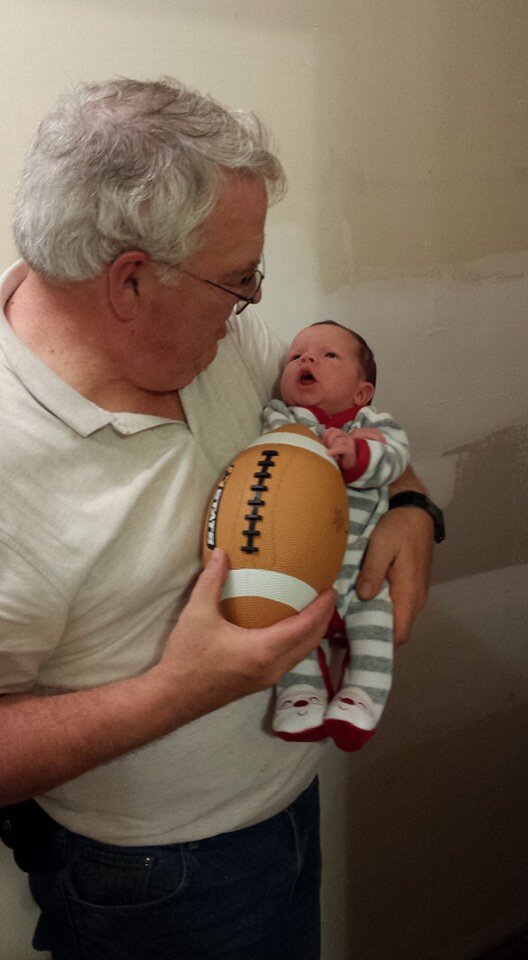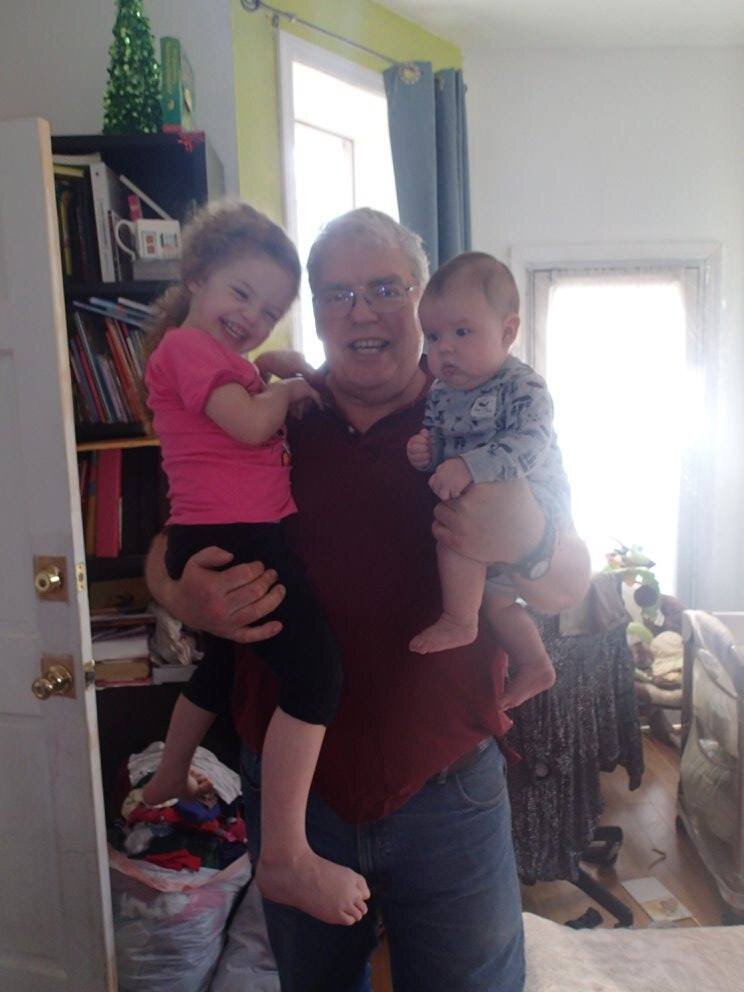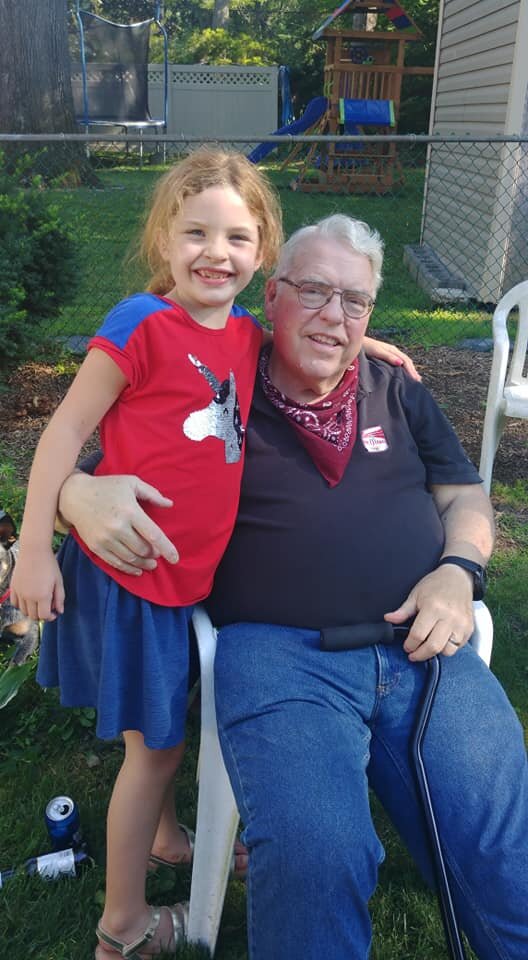When it comes to tracing your family tree, archived records like census pages, church registers, and immigration documents are treasure troves of information. But there’s one major hurdle many genealogists face: deciphering difficult handwriting. From fading ink to unfamiliar cursive styles, interpreting old handwriting can feel like solving a puzzle. In this guide, we’ll share practical strategies to help you read historic documents with confidence and accuracy.
Why Old Handwriting Is So Difficult to Read
Historical documents—especially those from the 18th and 19th centuries—often contain handwriting that can be:
Heavily stylized or written in outdated cursive
Abbreviated with unfamiliar notations
Faded or damaged due to age and storage conditions
Written by scribes or clerks with unique personal styles
Understanding the context and writing style of the time is key to decoding these records accurately.
1. Study Common Historical Scripts
Familiarize yourself with the types of handwriting that were used during your ancestors' lifetimes. Some common historical scripts include:
Spencerian Script (popular in the U.S. 1850s–1920s)
Copperplate (used in formal British documents)
German Kurrent or Sütterlin (in German records before 1941)
Secretary Hand (used in English documents from the 16th–17th centuries)
Look for alphabet charts and handwriting samples online to practice identifying letters and words.
Get help reading old document
2. Compare Similar Letters
Certain handwritten letters often look similar, especially when penned quickly. Common confusions include:
“s” vs. “f”
“r” vs. “v”
“n” vs. “m” or “u”
“e” vs. “c”
Double letters (like “ll”) looking like one
Tip: Write out the entire alphabet in the script style you're examining and compare it to what you're seeing.
3. Use Context Clues
Don’t just try to read the word in isolation. Look at the:
Other words on the page
Column headers
Surrounding names, places, or occupations
You can often deduce a hard-to-read word by its position in a list or by identifying repeating patterns.
4. Enhance the Image
Use image-editing tools to make documents easier to read:
Adjust contrast and brightness
Zoom in on faded areas
Convert color scans to black and white or negative view
Use tools like Photoshop, IrfanView, or online image enhancers
Some genealogy platforms (like FamilySearch or Ancestry) also include built-in image adjustment tools.
5. Learn Genealogy Abbreviations and Terminology
Many documents contain abbreviations like:
“w/o” (wife of)
“abt” (about)
“b.” (born)
“d.” (died)
“ch.” (child or church)
Research the vocabulary of the time and region to avoid misreading terms or names.
6. Collaborate with Others
When you're stuck, don’t be afraid to ask for help:
Post the image in genealogy forums or Facebook groups
Try Reddit’s r/Genealogy or r/Handwriting
Use transcription communities like Zooniverse or WikiTree
You may also consider hiring a professional genealogist or paleographer for especially challenging documents. Click here if you would like me to help.
7. Keep a Personal Word Bank
As you decode more records, create your own reference list of:
Frequently used names and places in your family tree
Common phrases or occupations
Specific handwriting quirks of recurring record keepers
This personal cheat sheet can be invaluable when working through multiple documents from the same source.
8. Use Transcription Tools and Apps
There are several tools designed to help genealogists decipher old handwriting:
Transkribus – AI tool for recognizing and transcribing historical handwriting
MyHeritage Photo Enhancer – Useful for improving document clarity
FamilySearch Record Hints – Sometimes offers transcriptions
Google Lens or OCR apps – Can recognize and convert printed text
Note: These tools may be limited with cursive writing but can offer a helpful starting point.
Final Thoughts: Practice Makes Perfect
Deciphering old handwriting is a skill that improves with time. The more documents you review, the more patterns you’ll recognize. Patience, curiosity, and attention to detail will serve you well on your genealogy journey.
Start with small sections, use all available tools, and don’t give up. Every name you uncover is another piece of your family’s story waiting to be told.
Trouble Reading Old Documents?
Want help transcribing your ancestor’s records? Contact us for professional genealogy research and transcription services tailored to your family history project.
Need help reading an old document genealogy

































